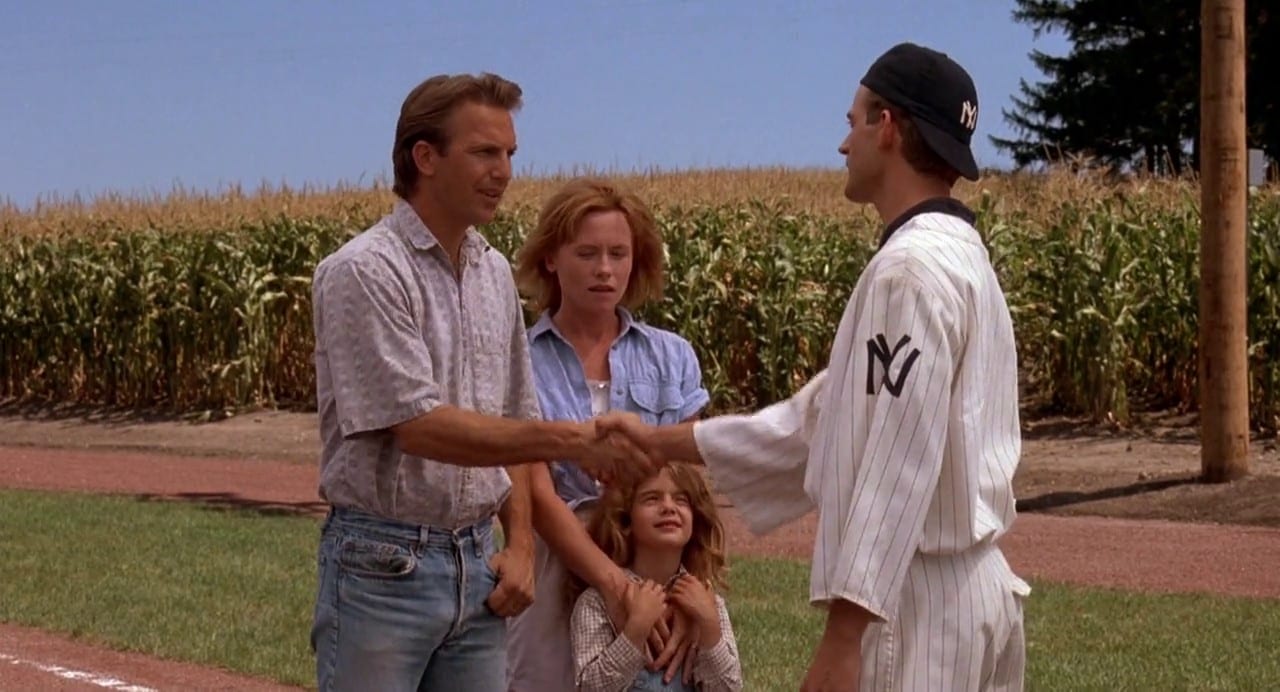
The development of a cricket ground is, naturally, tied up to a considerable extent with its owners’ financial resources and the authors have clearly spent a good deal of time poring over the county’s accounting records. Mention is also made in several places of the old ladies’ pavilion, a facility that to say the least sounds like a very basic one, and was known as the ‘Hencoop’, which at least proves that sometimes change in cricket is a force for good. It was as late as 1975 that women became even eligible to become members of the club’s committee or enter the main pavilion. Mention of Clare Connor, captain of England and Sussex and the first woman to be invited to be President of the MCC, highlights one aspect of the way women have been treated at Sussex and by the game generally. All of the big names Sussex cricket, from CB Fry and Ranji to Matt Prior and Clare Connor feature strongly, but the book is much less about them and their deeds than the way the ground has changed and developed over the years. Sadly that match was spoiled by the weather but, remarkably, from the little play that was possible there survives a photograph of WG batting, one of a number of compelling images that Ferriday and Mettyear, with the help of the Sussex Museum, have gathered together.īeing the county ground, rather than the scene of an annual festival, any history of Eaton Road is inevitably going to intertwined with the fortunes of the Sussex club on the field. Part one charts the development, chronologically with a few digressions, of the site and its acquisition, before moving on to the initial First Class fixture in 1872 against a Gloucestershire side led by WG Grace. The first being, given the book’s subject matter, exactly what you would expect, and the second being something else altogether. It is a book, to use the old cliche, of two halves. It is perhaps surprising that the Eaton Road Ground has waited so long to be showcased in this way given the number of Sussex grounds that have had their histories celebrated in book form, Hastings, Eastbourne, Arundel and Horsham all quickly springing to mind.įield of Dreams is however a rather different proposition to the other books I have mentioned, and indeed to the many more that have been published over the years devoted to a single cricket ground. In fact the book is primarily concerned with the history of just the one aspect of Sussex cricket, its county ground at Hove.


I blithely assumed it was a history of the Sussex club, something I can confirm it most definitely is not. It was the book’s sub-title, 150 Years At The County Ground Hove, that fooled me. I’ve known about this one for a while, although I had rather misunderstood its subject matter. Field of Dreams Martin Chandler | 10:01am BST Īuthor: Ferriday, Patrick and Mettyear, James


 0 kommentar(er)
0 kommentar(er)
